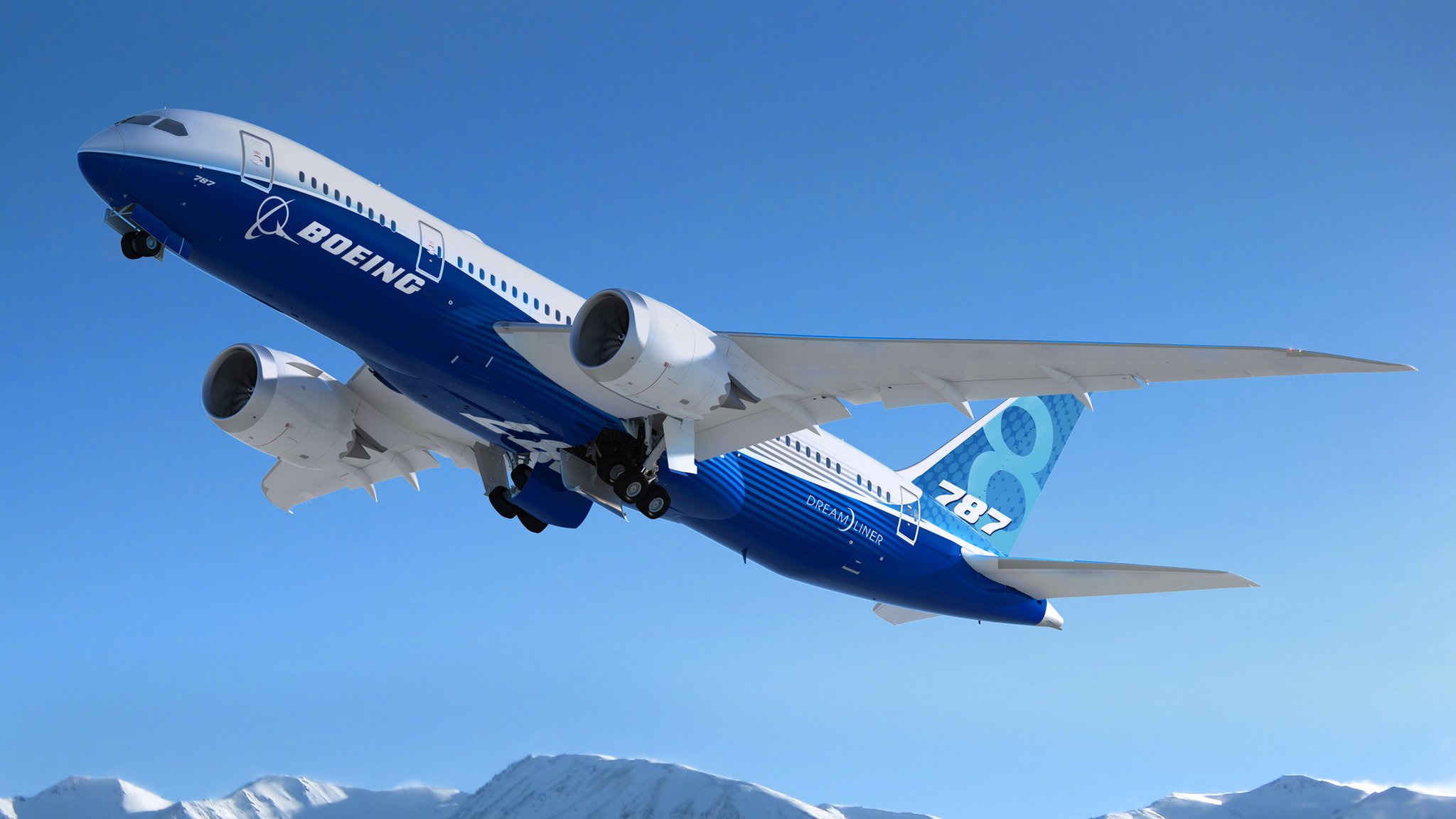The U.S. National Transportation Safety Board (NTSB) has issued a critical safety advisory concerning Boeing’s 737 NG and 737 MAX airplanes, marking the latest in a series of setbacks for the struggling aerospace giant. The independent federal agency has raised alarms about the potential for a rudder actuator failure, which could cause rudder controls to become jammed in the neutral position, posing a serious risk to flight safety.
The NTSB’s warning follows an investigation into a February incident in which pilots of a United Airlines 737 MAX 8 reported that their rudder pedals were stuck during landing at Newark Liberty International Airport. The malfunction left the pilots unable to steer the aircraft properly, leading to concerns about the system’s reliability during critical flight phases.
In its advisory, the NTSB voiced concern that Boeing’s current guidance for addressing a jammed rudder may be insufficient. According to the NTSB, Boeing instructs pilots to use maximum physical force to overpower the jammed rudder system, potentially requiring the combined effort of both pilots. The board warned that this approach could lead to dangerous and sudden rudder movements, increasing the risk of runway departures or loss of control.
FAA and Industry Responses: Focus on Safety Intensifies
The Federal Aviation Administration (FAA) responded quickly to the NTSB’s findings, announcing that it would convene a corrective action review board to determine the next steps in addressing the issue. The FAA is working closely with Boeing and affected airlines, particularly United Airlines, which operates the 737 MAX 8 involved in the February incident. United has since removed the affected aircraft from service until further safety measures are in place.
Boeing, already facing a crisis of confidence due to past safety concerns, is now under renewed pressure to find a technical solution and issue a comprehensive update to pilots and airlines. In a statement, Boeing confirmed that it is collaborating with both the NTSB and FAA to resolve the issue, though the company has yet to provide details on the scope of the corrective actions or the timeline for implementation.
Boeing’s Ongoing Struggles: Safety and Production Issues Continue to Mount
This latest safety warning compounds Boeing’s ongoing challenges, which have grown steadily more complex over the past five years. The 737 MAX has been under intense scrutiny since two fatal crashes in 2018 and 2019, which resulted in the loss of 346 lives and led to a 20-month global grounding of the aircraft. Boeing’s efforts to redesign the plane’s systems and restore confidence in the MAX have been met with mixed success, with frequent reports of new safety concerns undermining public trust in the aircraft.
Earlier this year, Boeing was at the center of another safety incident when a door plug detached mid-flight from an Alaska Airlines-operated 737 MAX. Although no one was injured, the incident triggered investigations into Boeing’s production practices. It was revealed that the aircraft had been delivered with missing components, raising further questions about quality control in Boeing’s assembly lines.
As Boeing works to address the rudder actuator issue, the company remains under federal oversight. Earlier this year, Boeing agreed to plead guilty to criminal charges of deceiving the FAA during the original certification process for the 737 MAX. As part of its plea agreement, the company is now subject to a court-appointed monitor tasked with ensuring compliance with federal safety regulations.
The NTSB’s advisory underscores the urgency for Boeing to address systemic issues that have plagued its production and safety protocols. For the aviation industry, the latest warning serves as a reminder that the challenges facing Boeing are far from over, and the path to restoring confidence in the 737 MAX remains uncertain.









